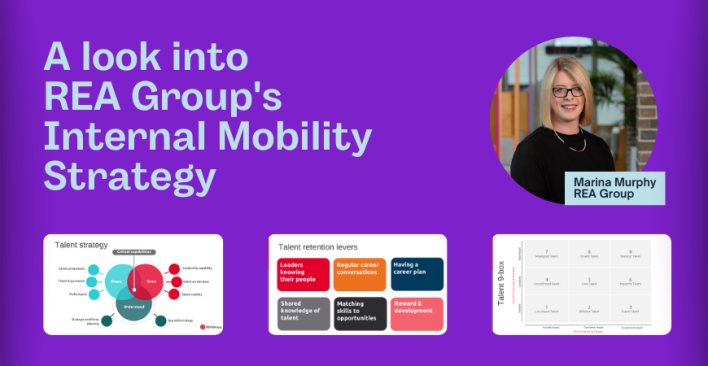How to Welcome an Introvert On-Board

It takes all types of people to create, sustain and drive forward a flourishing business, and diversity is a key ingredient of innovation and strength. If your recruitment policies are adaptable and forward thinking, you’ll probably be accustomed to taking on all sorts of people and not getting too hung up on the first impressions you get at interview stage.
Certainly, there is no real reason to believe that somebody who is great at being interviewed is necessarily great at the job for which they’ve applied – nor, more to the point, that they are the ideal fit for the team that you are building.
There are lots of great reasons to work with introverted people, not least the fact that they are likely to be flat-out just as good at their job as anyone else. Indeed, it seems strange to talk of introverts as a separate group at all – they make up, on some estimates, at least 50 percent of the population – but it is worth paying them special attention as by nature they and their talents might otherwise seem to fade into the background.
Introverts have what might be described as a different social metabolism to the ‘regular’ idea of how people should function within a professional team. For example, rather than answering questions immediately or speaking up in meetings, they might be more likely to take more time to think things over before giving a measured response. They tend to operate more confidently and openly in one-on-one situations than in a group scenario, and may be mistaken for being shy or anti-social. In fact, often it is the extrovert who is shy, and who makes more ‘noise’ as a means of over-compensating for their fears. There is no right or wrong, but it can be more challenging to learn to work with an introverted person because, by the nature of their quietness, they take a bit longer to get to know.
You can help an introverted recruit to settle into their role by understanding a little more about this metabolism and how you can put them at ease. While an extrovert might be likely to approach their new job with all guns blazing, an introvert will want to feel the situation out properly before they feel comfortable. Put aside some one-on-one time to talk them through the details of their role and explain any areas of which they are unsure.
Try to avoid subjecting your new recruit to too many heavy social interactions in those first days. A big welcome lunch may be overwhelming at this stage, and while you’ll probably want to introduce them in a group meeting, it might be better to let them meet their colleagues one at a time, or to make just a brief collective announcement without leaving them in the glare of the limelight for too long. Introverts are not hot on small talk, so it might be better to pair them up to others with specific tasks to complete, so they can get to know each other through solving problems together rather than discussing the weather or sharing family photos.
Think also about the environment in which they will be working. If your business is office-based, try to find a relatively quiet area for their desk, away from noisy meeting areas or mainline traffic. Let them know if there are designated quiet spots where they can go if the hectic nature of the office is interfering with their train of thought.
Well, introverts are just people too, and they don’t expect special treatment. But you can ensure you get the most out of your diverse team if you listen to their needs and create the best conditions for individuals and for the unit. This new infographic by OnStride points out some of the things introverts might be worrying about as they approach their first day in a new job – check it out, and think about what you can do to make the integration process as smooth and friendly as possible.

Cover image: Shutterstock
This article first appeared on Undercover Recruiter blog.
What are the other Talent Acquisition skills you’ll need to manage your candidates better in an A.I. dominated world? Beat the queue and buy your tickets to ATC2018 to find out more!

Related articles
Leave a Reply
Sign up to our newsletter
Get a weekly digest on the latest in Talent Acquisition.
Deliver this goodness to my inbox!


